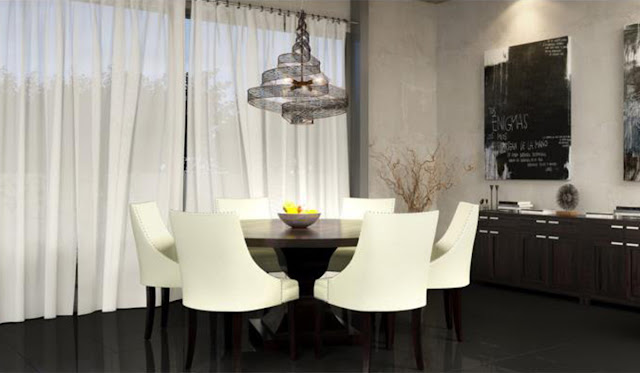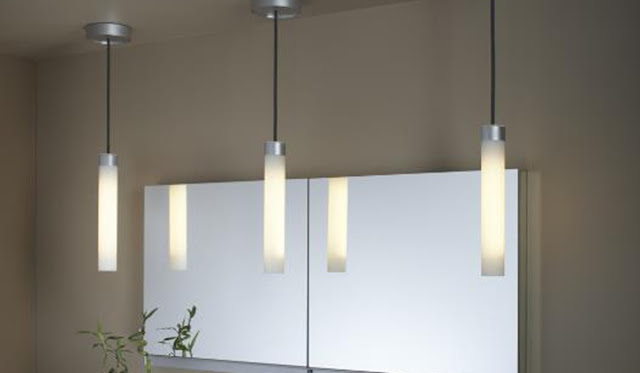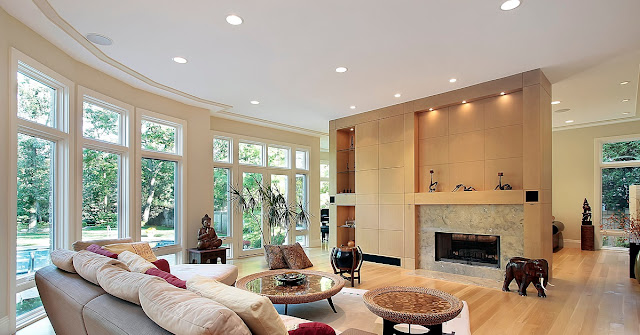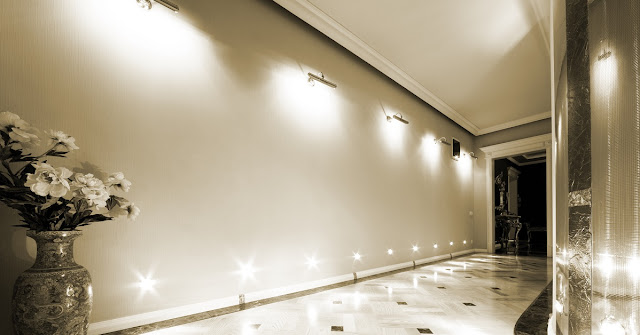Looking for new lighting fixtures and not quite sure where to start? Our lighting fixture guide will help you get off on the right foot. Whether you want to add some mood lighting to the bedroom or need to fix a too-dim kitchen, we’ve got you covered.
Let’s get started with the need-to-knows.
Lighting Basics
Knowing the best lighting fixtures starts with an understanding of how lighting works. There are three kinds of lighting. When you use the three together appropriately, you’ll be able to enjoy a well lit space in any room of the house. Here’s an overview.
Ambient
Ambient light is a general light that acts as a foundation layer on which all other lighting is built. It includes recessed lighting, track lighting, large lamps, and natural lighting.
Task
Task lighting is more specific lighting for specific tasks and functions. It includes desk lamps/smaller lamps, pendant lights, and under cabinet lighting.
Accent
Accent lighting is artistic or stylistic lighting that highlights a certain aspect of the room or creates a mood. It includes dimmer lights, picture lights, and colored lights.
Every room needs all three types of light to be successful. Even though it seems like accent lighting isn’t a necessity, it makes a big difference in the overall feel of the space and how you interact with it. Task lighting is also very important. No amount of ambient lighting in the living room will give your eyes enough light to read late into the night safely.
You should also take into account the size and shape of the room, ceiling height, the color scheme, traffic pattern, daylight, shadows, reflections, and energy efficiency. Each of these will affect what and how much lighting is needed.
Larger rooms need more light. The colors and finishes in a room may produce a light absorbing or reflecting effect that will play into the overall lighting. High traffic areas need more light than less trafficked areas. Daylight takes care of many lighting needs during the day, but you still need plenty of lighting for the nighttime hours. Logistical considerations like your electrical set up and efficiency will also play a role.
Let’s take a look, room by room, at the things you should be considering as you plan for lighting and how to pick the best lighting for your home.
Kitchen
The kitchen is the ultimate multitasking room of the house. It’s your food prep, dining, entertaining, homework, office space and the lighting has to be ready to take on any one of those situations at any time of day or night.
Key Kitchen Lighting
Task lighting is key in the kitchen. Be sure you install lighting in all your work spaces appropriate to the task at hand. Under cabinet lighting is needed for food prep. Island lighting is needed for homework, dining, and clean up.
Decorative lighting over the dining table or eating area makes the space usable and draws in both family and friends.
Bathroom
The bathroom is a detail-oriented area but also can be an oasis of relaxation. It is also a room of moisture and lots of running water that warrants some safety measures when it comes to its electrical components.
Key Bathroom Lighting
In the bathroom focus on lighting for highly-detailed tasks with a healthy dose of mood enhancing accent lighting. Light over the vanity is probably your most important area.
Get creative with the vanity and go beyond bar lighting. Instead try sconces or even a lighted mirror to bring light right to where it’s most needed. Include a pendant light or chandelier over the bathtub to add some mood and a spa-like feel.
Bedroom
The bedroom is the only place you can get away with skimping on ambient light. It’s a space that’s meant to be dim and relaxing. That gives you a lot more room to play with mood-creating lighting.
Key Bedroom Lighting
The key for bedroom lighting is to focus on creating experiences. Examine your bedtime habits and build your lighting around that. If you like to read in bed, be sure to include a bedside lamp sufficient for reading.
If you like a cozy feel, be sure to use lighting with the warm glow of incandescent bulbs. Like a little more mood? Try lights with colored shades or unique designs.
Living Room
The living room is where family and friends gather. It’s another multitasking room, like the kitchen, that has to meet many needs. Think carefully not only about how you use the living room but also how light changes throughout the day when planning for lighting.
Key Living Room Lighting
When it comes to living room lighting, think in zones. Your zones may be made up of where different activities happen: TV viewing, reading, games, conversation. Or your zones may be made up of natural boundaries in the space: where the couch is, where the dining area ends, where traffic patterns naturally fall.
Create lighting for each of these zones. Lamps for reading zones, sconces for walkways, and a bit of ambient lighting for the TV viewing area.
Halls & Entries
The primary purpose of a hall or entryway is to move people from one place to another. Though practicality should be your first thought, you can also add lots of style with your lighting choices in the halls and entryways.
Key Hall & Entry Lighting
You want to have enough lighting in your halls and entries to ensure you can see where you’re going, but for the most part, you can focus on style with your lighting choices.
Mid-size ceiling lights or small chandeliers in the hallway or even some large, statement making sconces transform a boring space into an interesting one.
With a little help from our lighting fixture guide, you can get started finding all the right lighting for every space in your home. Need more lighting ideas?











